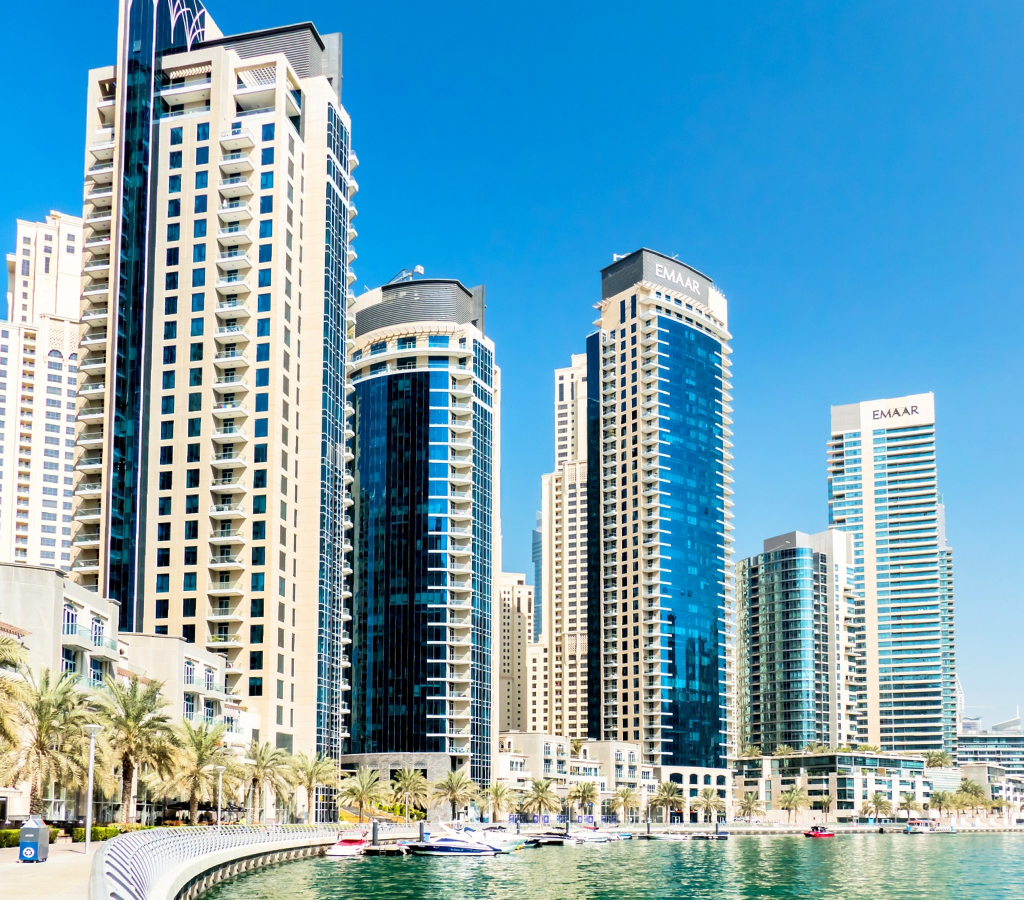
In conditions of economic instability, investment in foreign real estate is not only an opportunity to diversify the investment portfolio, but also one of the most reliable ways to make a profit. Of course, not every purchase of an apartment or house will be profitable, so it is necessary to carefully study the market and its features. A competent approach to the choice of real estate and preliminary analysis of all factors will help to minimize risks and ensure a stable income in the long term.
1. Research the market and legal framework of the country
Each country has its own peculiarities affecting the purchase and ownership of real estate. It is important to assess the economic stability of the region, inflationary processes and laws governing the rights of foreign owners. For example, in countries with low property taxes, investments may pay off faster. The choice of country should also take into account the degree of protection of owners’ rights – this will reduce the risk of legal problems in the future.
Example: The UAE, and especially Dubai, offers some of the most attractive conditions for investors. There is no real estate tax and rental income, and the rights of owners are reliably protected by law. Another option is Georgia, where the procedure for buying real estate is maximally simplified for foreigners, and registration of ownership takes only one day.
2. Projected liquidity and price growth potential
One of the main factors in the choice is the expected rise in prices of real estate abroad. It is important to analyze the dynamics over the past years and the factors contributing to its growth, such as investment in infrastructure or tourism development. For example, regions with actively developing economies and large investments in construction projects have a higher potential for price growth.
Example: Portugal, especially Lisbon and Porto, has seen steady growth in real estate prices due to the popularity of the golden visa program and the development of the technology sector. In Lisbon, real estate prices have increased by more than 50% over the last 5 years.
3. Level of demand
Consideration of rental potential is especially important if the property is being purchased for future rental. Popular tourist areas and business districts most often attract a large flow of tenants. Regions with high demand for short-term and long-term rentals allow the investor to receive a stable income and a quicker return on investment.
Example: Turkey shows consistently high demand from tourists, students and professionals alike. The average rental yield here is 4-6% per annum, and during the tourist season it can reach 8-10%.
4. Infrastructure development and livability
The accessibility of key infrastructure facilities such as schools, hospitals, transportation hubs and shopping centers significantly affects the value and liquidity of real estate. A well-developed infrastructure makes a property attractive not only for renting but also for resale. For example, in areas with good transport accessibility and large shopping centers, real estate is most often liquid and in demand.
5. Climate and geographical features
The location of a property can play an important role in its profitability and return on investment. Coastal areas or resort areas always attract tourists, especially in countries with mild climates, which have a positive impact on rental rates. It is equally important to consider climate risks such as seasonal storms or flooding.
Choosing a liquid property abroad requires careful preparation. Correctly assessed criteria will help not only to choose the optimal country for investment, but also to get a stable income from the object in the long term.



